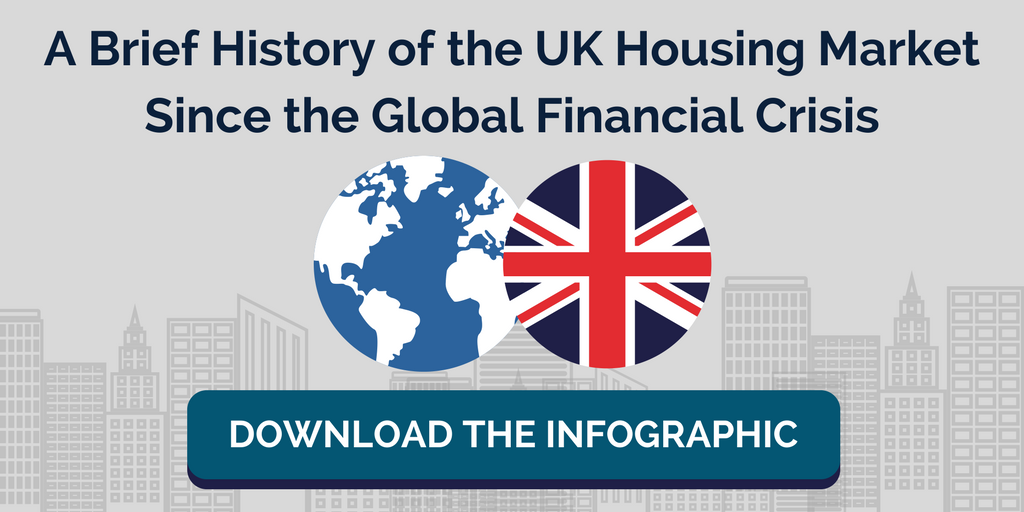10 Graphs: The UK Housing Market in 2007 vs. 2017
Since the credit crunch, the UK housing market has experienced a dramatic shift. The landscape has faced both political and economic challenges - the consequences of which, may best be compared when placed side by side.
These 10 graphs, which have been based upon Savills’ research report, highlight the extent of change. Overall, however, the following trends seem to the most prominent:
-
Buyer activity has slowed, but cash purchases are rising
Ten years ago, the annual amount spent on house purchases in the UK was approximately £342 billion, according to Savills. In the year preceding March 2017, the figure had fallen to £312 billion.
Debt-funded purchasing activity has fallen by approximately £47 billion, which equates to a contribution of just 43% of buyer activity. Accumulated equity and cash is used to fund the majority of purchasing.
-
Climbing the housing ladder requires help, which is available to some
Despite facing high deposits and strict borrowing limits, first time buyers injected 85% more equity into the housing market in 2017 than in 2007. In the year preceding March 2017, first time buyers contributed to £10 billion of purchasing activity. However, help was needed. Help to Buy schemes and the “Bank of Mum and Dad” were responsible for around £4.2 billion of this.
This collaborative dynamic is unlikely to change, according to Savills. Despite rumours of the 95% or 100% mortgage resurfacing, however, gross mortgage lending above 90% LTV (loan to value) only holds 3.9% of today’s market. In 2007, it held 14.1%. As a consequence, rental demand is likely to continue rising.
-
The fall of the interest only loan
Interest only mortgages contributed to a third of all new loans provided ten years ago. Today, interest only loans account for just 1.2% of all new homeowner loans. Interest only loans were of often used to “trade up” the housing ladder, but the activity has muted. In 2007, over £112 billion in debt was taken on by individuals attempting do this by moving homes. Today, this specific type of debt stands at £70 billion - equating to a 37% decrease in such activity.
-
The traditional buy to let landscape is changing
As we highlighted in our ebook, A UK Landlord’s Guide to Buy to Let Tax Changes (And Potential Solutions), the buy to let landscape has experienced a dramatic shift. Portfolio landlords and “the army of small buy-to-let investors,” are facing a variety of changes, from stamp duty to the abolishment of the finance cost relief.
According to Savills, “In the year to March 2016, buy-to-let lending was effectively back to where it was in 2007. Now it is at half those levels.” There was a general consensus that these changes would lead to landlord’s selling up, yet instead, the market shift may have actually discouraged first time buyers.
*All data was sourced from Savills’ report: The Global Financial Crisis: 10 Years On: How the credit crunch transformed the UK housing market

Capital at risk
